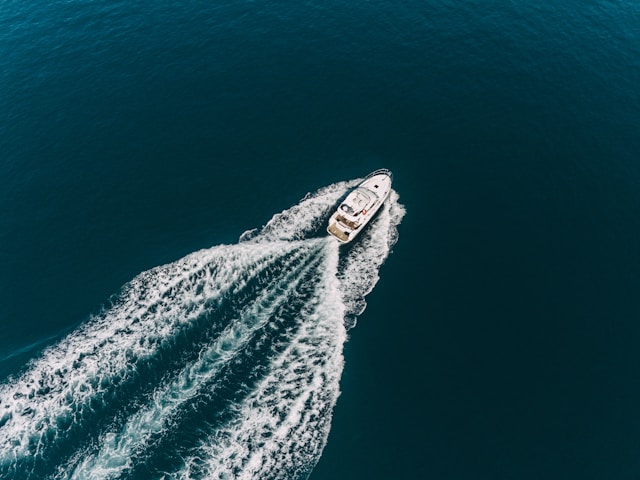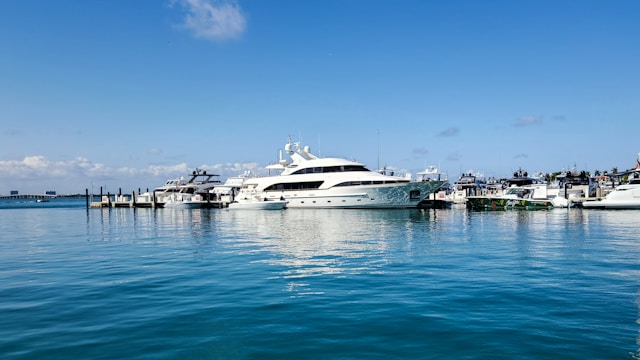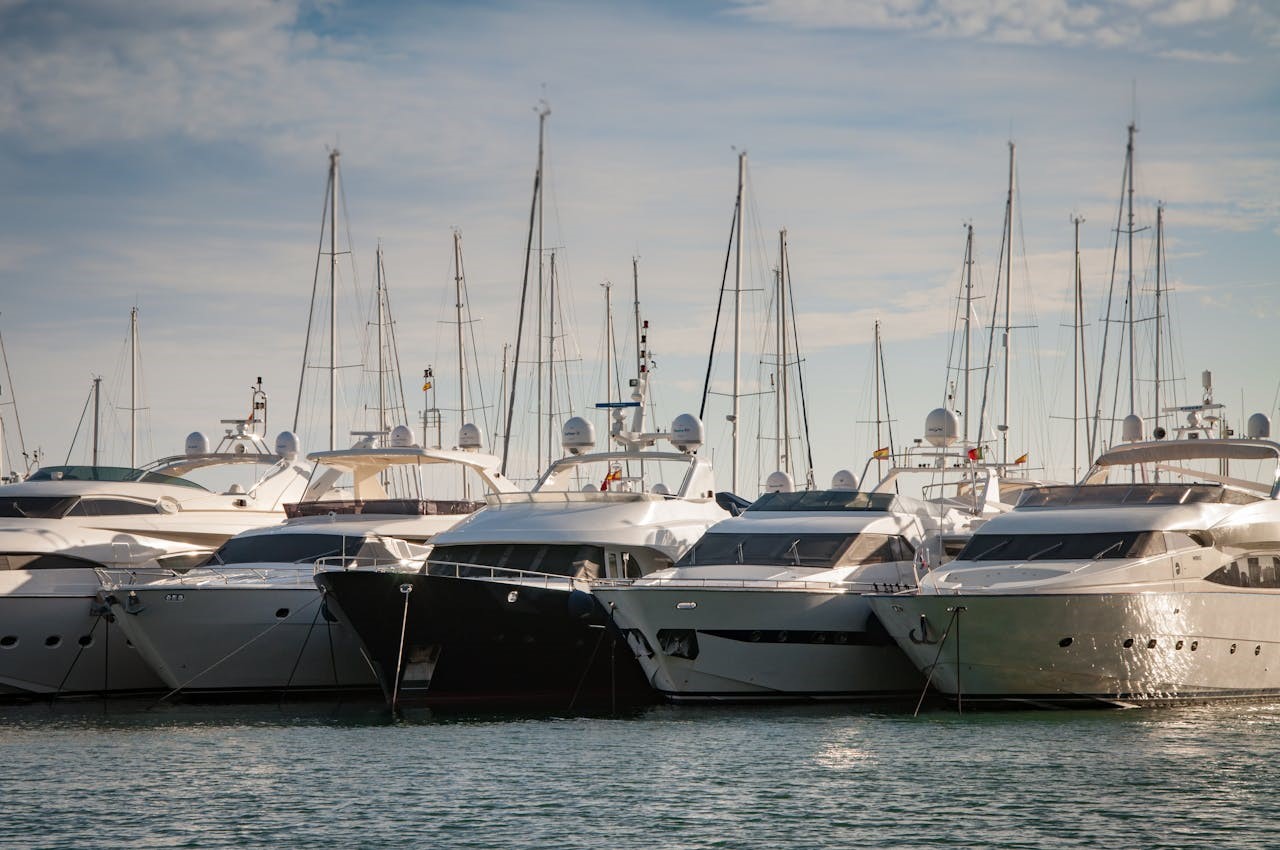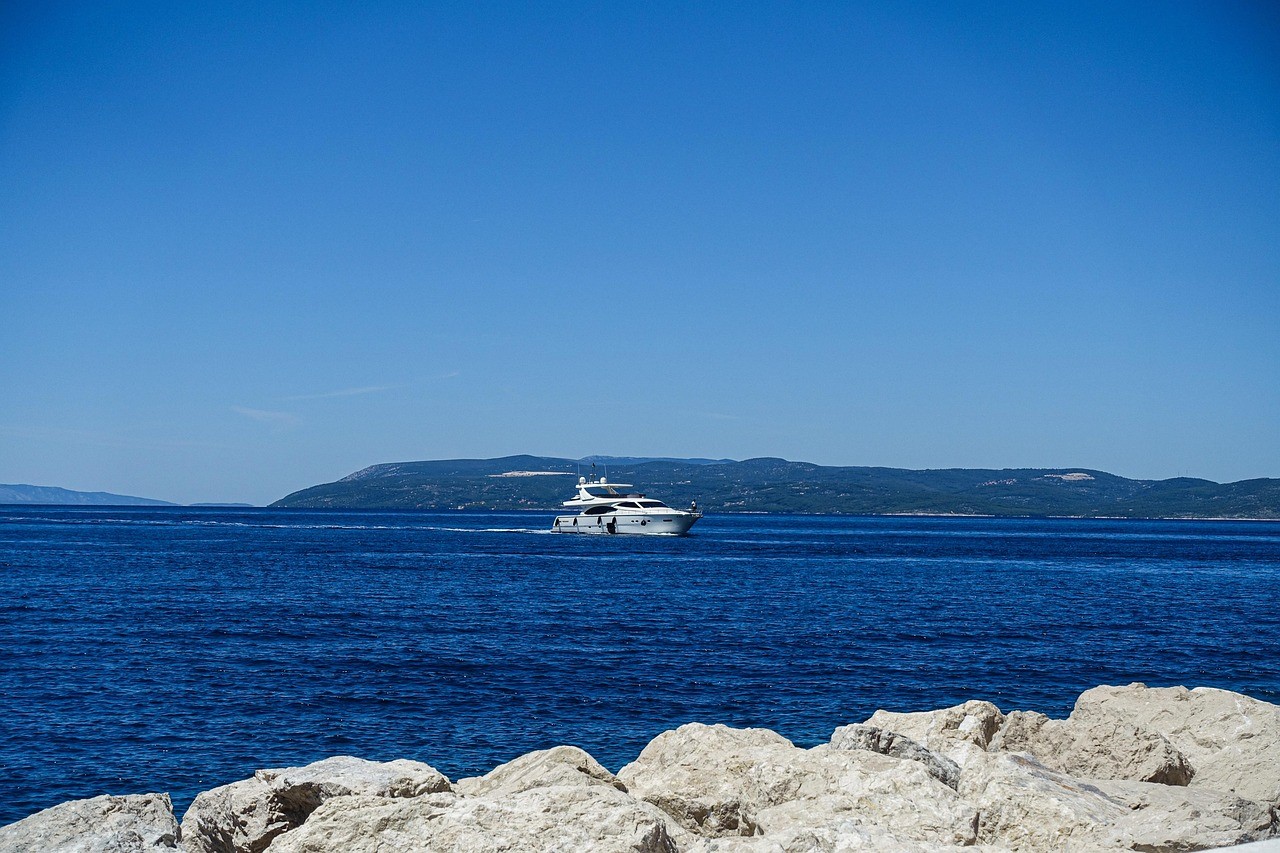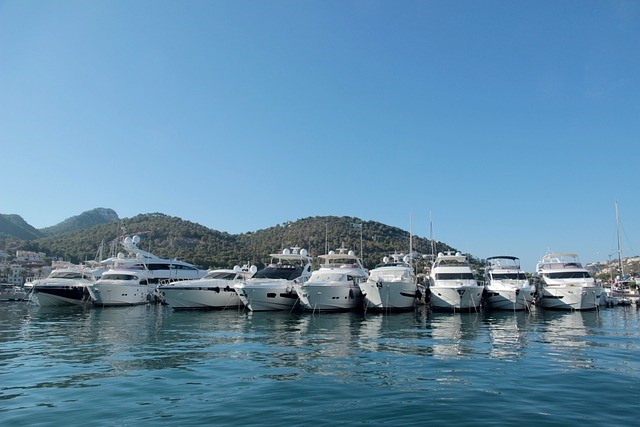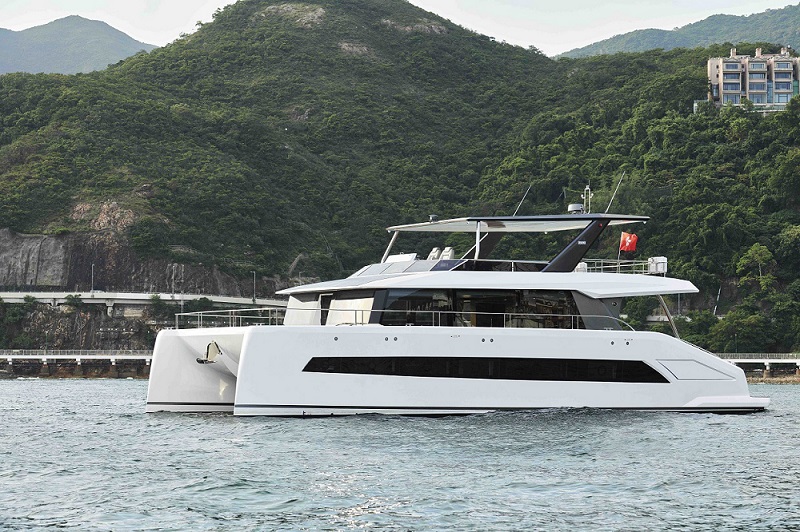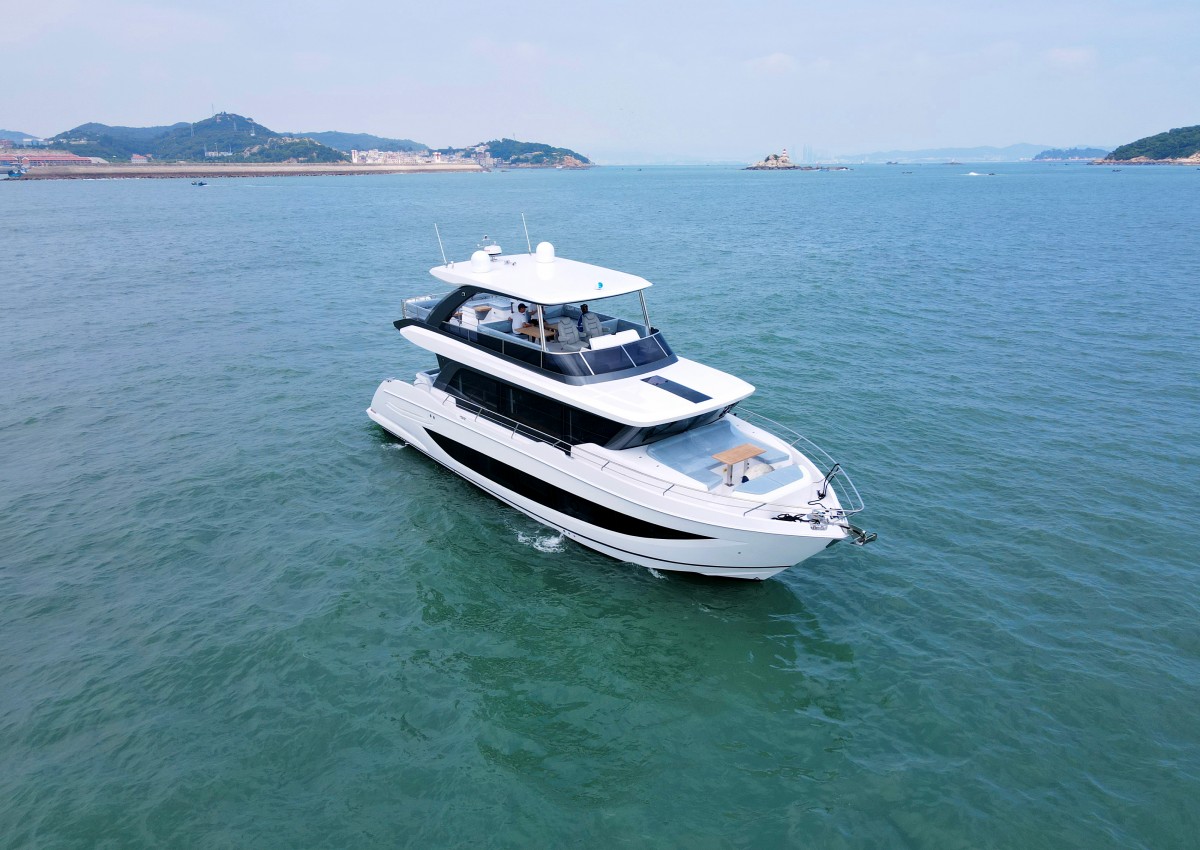As the most central part of a boat, the hull has a great impact on the performance, durability and safety of the boat. There are many types of hull materials and structures, ranging from monohulls to catamarans and trimarans, each of which has its own characteristics. Understanding the material, structure and importance of the hull is very important to enhance the sailing experience and ensure sailing safety, so let's delve into the knowledge of the hull together.

What is a hull made of?
The performance and durability of a boat has a lot to do with the materials used to build the hull. Common materials used to build hulls include steel, aluminum, fiberglass and wood, each of which has its own unique properties and advantages. In traditional boat building, wood was the primary construction material for hulls, but in the modern boat building industry, the construction materials for hulls have changed dramatically. The use of fiberglass, steel, aluminum and their combinations in hull construction is becoming common.
Fiberglass is lightweight, high strength and highly malleable, and can be flexibly customized according to design needs. Not only that, but it also has excellent corrosion resistance, making it the most desirable material for modern hull construction. Steel and aluminum hulls have good resistance to damage and show excellent performance in the face of various external impacts. However, they also have some drawbacks and require more time and effort to be invested in maintenance, especially in terms of corrosion release, which needs to be regularly inspected and maintained to ensure stable hull performance.
What are the structures of a hull?
The structure of the hull not only affects the performance of the boat, but also determines the maintenance requirements, service life and resale value of the boat. Below are a few common types of hull structures:
Monohulls
A monohull is a common hull type in the boating sector, which consists of a single long, narrow structure, a structure that allows the boat to navigate through the water with ease and smoothness. In terms of hull materials, the materials used in the construction of monohull hulls are generally determined by the size and intended use of the boat, with common materials being fiberglass, aluminum, or steel. Monohulls offer excellent stability in rough seas and can cope with a wide range of complex weather conditions and are favored by sailors for their traditional design and excellent performance.
Monohulls are versatile and can be used for a wide range of activities such as recreational cruising, intense regattas and fun sea fishing. Monohulls have a unique streamlined shape that allows them to move efficiently through the water, reducing water resistance and increasing sailing speed. It is worth mentioning that the monohull boat has the characteristic of tilting to one side (i.e. “transverse tilt”) during sailing, which can bring sailors an exciting and challenging sailing experience.
Catamaran
A catamaran is a hull design with two parallel hulls that are connected by frames or decks for excellent stability and spaciousness, making it very popular in the cruising or chartering arena, especially for those seeking smooth, comfortable sailing experience. Catamarans have a wide beam structure, an advantage that provides plenty of space for creating rich living areas, well-equipped amenities and diverse recreational activities. Thanks to this outstanding comfort and versatility, catamarans are often used for leisure cruising, island-hopping and day-chartering.
Due to the double hull design, the catamaran can effectively reduce the water resistance and enhance stability when sailing. In the rough sea, it has a lower possibility of tilting or capsizing compared with other boat types, which provides a strong guarantee for navigation safety. In addition, the catamaran also has a shallow draft, which makes it easy to reach shallow water areas, making it an ideal choice for exploring coastal areas and enjoying the unique coastline scenery.
Trimaran
A trimaran is a unique hull structure consisting of a main hull in the center and two smaller outrigger hulls on either side. Known for its speed, stability and efficiency, it offers a unique combination of speed and stability. The outrigger hulls provide extra buoyancy and stability when sailing, helping the boat to sail quickly and efficiently. Trimarans offer excellent performance and are widely used for competitive racing, long distance cruising and offshore adventures. In addition, the wide beam structure of the trimaran provides ample space for additional living areas, amenities and storage, making it the most comfortable and practical choice for long distance cruising.
The Importance of the Hull
The hull is critical to the performance of a boat, not only is it the foundation of sailing, but it also affects the experience of sailing a boat in a variety of water conditions, especially in terms of speed, stability and maneuverability of the boat. A well-designed hull should have the advantage of improving the hydrodynamic performance of the boat, reducing drag and enhancing sailing efficiency. On the contrary, a poorly constructed hull will not only lead to increased fuel consumption, but also a significant reduction in boat performance. Moreover, the shape and design of the hull play a decisive role in the stability of the vessel in different sea conditions. For example, monohulls excel in dealing with rough waters and provide passengers with smoother sailing experience, while catamarans can navigate in shallow waters and provide passengers with more adventurous opportunities.







 Leave the comment
Leave the comment


